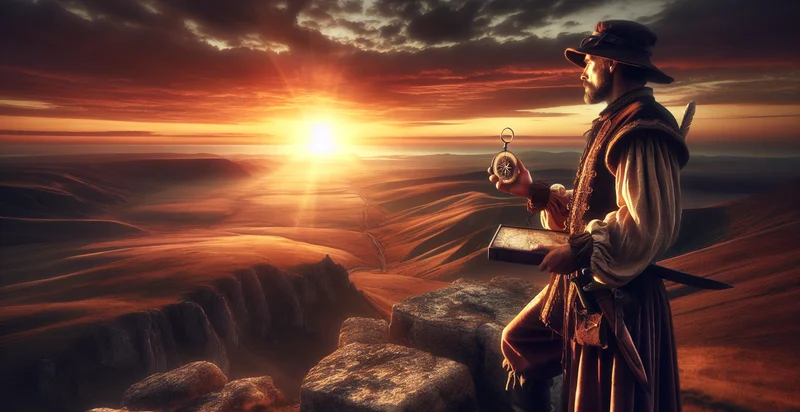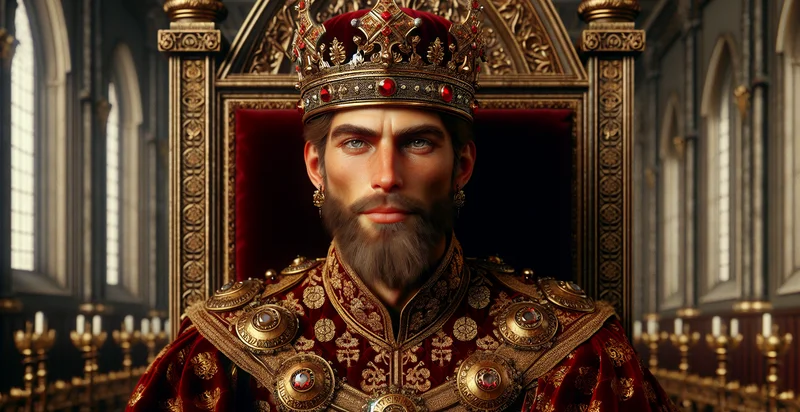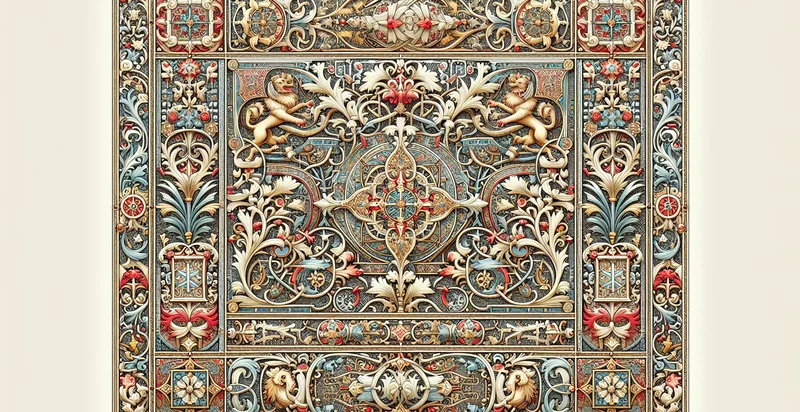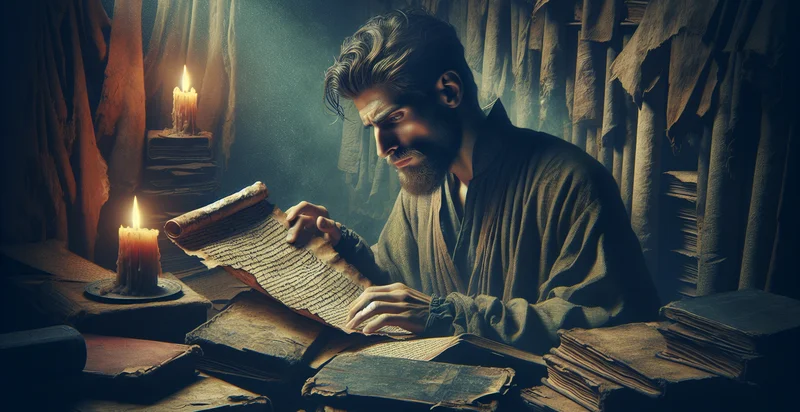Identify medieval explorer by picture
using AI
Below is a free classifier to identify medieval explorer by picture. Just upload your image, and our AI will predict what type of medieval explorer it depicts - in just seconds.

Contact us for API access
Or, use Nyckel to build highly-accurate custom classifiers in just minutes. No PhD required.
Get started
import nyckel
credentials = nyckel.Credentials("YOUR_CLIENT_ID", "YOUR_CLIENT_SECRET")
nyckel.invoke("medieval-explorer-by-picture", "your_image_url", credentials)
fetch('https://www.nyckel.com/v1/functions/medieval-explorer-by-picture/invoke', {
method: 'POST',
headers: {
'Authorization': 'Bearer ' + 'YOUR_BEARER_TOKEN',
'Content-Type': 'application/json',
},
body: JSON.stringify(
{"data": "your_image_url"}
)
})
.then(response => response.json())
.then(data => console.log(data));
curl -X POST \
-H "Content-Type: application/json" \
-H "Authorization: Bearer YOUR_BEARER_TOKEN" \
-d '{"data": "your_image_url"}' \
https://www.nyckel.com/v1/functions/medieval-explorer-by-picture/invoke
How this classifier works
To start, upload your image. Our AI tool will then predict what type of medieval explorer it depicts.
This pretrained image model uses a Nyckel-created dataset and has 30 labels, including Astrolabe User, Bartolomeu Dias, Berengaria Of Navarre, Caravel Captain, Christopher Columbus, Empire Builder, Erik The Red, Expedition Leader, Ferdinand Magellan and Fibonacci.
We'll also show a confidence score (the higher the number, the more confident the AI model is around what type of medieval explorer it depicts).
Whether you're just curious or building medieval explorer by picture detection into your application, we hope our classifier proves helpful.
Related Classifiers
Need to identify medieval explorer by picture at scale?
Get API or Zapier access to this classifier for free. It's perfect for:
- Historical Art Authentication: This function can be employed by museums and galleries to classify and verify medieval artworks based on images. By analyzing the style, materials, and themes in the artwork, institutions can determine its authenticity and historical value, helping to prevent forgery.
- Educational Tools for Historians: Educational platforms can integrate this function to provide users with insights into different medieval exploration themes. By classifying images, learners can better understand the visual representation of medieval life and exploration, enhancing their learning experience.
- Archaeological Site Analysis: Archaeologists can use this image classification function to categorize and identify artifacts from medieval exploration sites. The tool can assist in quickly filtering through large volumes of images to pinpoint items of interest for further study.
- E-commerce for Replica Artifacts: Online marketplaces selling replicas of medieval artifacts can utilize this function to ensure that the products listed match their medieval origins in terms of imagery. This classification will improve customer trust and enhance product authenticity verification on the platform.
- Augmented Reality Experiences: Companies developing AR experiences focused on medieval history can incorporate this function to classify images within their applications. By identifying and labeling various medieval items, users can engage with educational content that enhances their understanding of the historical context.
- Digital Preservation and Restoration: Digital archivists can use this function to classify and catalog images of deteriorating medieval artworks that require restoration. By identifying specific characteristics of the images, experts can prioritize restoration efforts and curate more effective conservation strategies.
- Interactive History Exhibits: Cultural institutions can integrate this image classification function into interactive exhibits. By allowing visitors to upload their images of medieval items, the exhibit can classify and provide information, creating a more engaging and educational experience for attendees.


